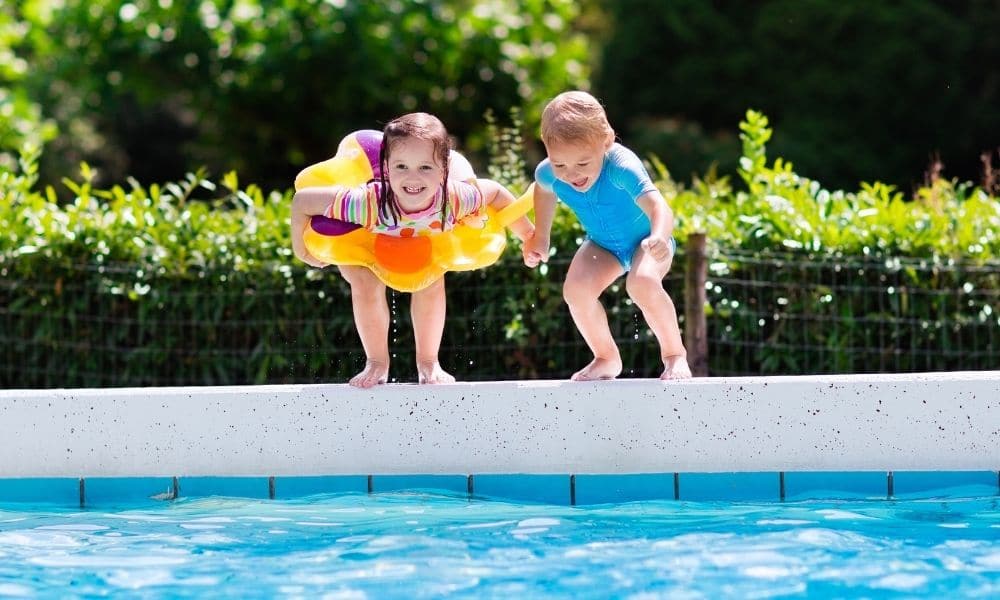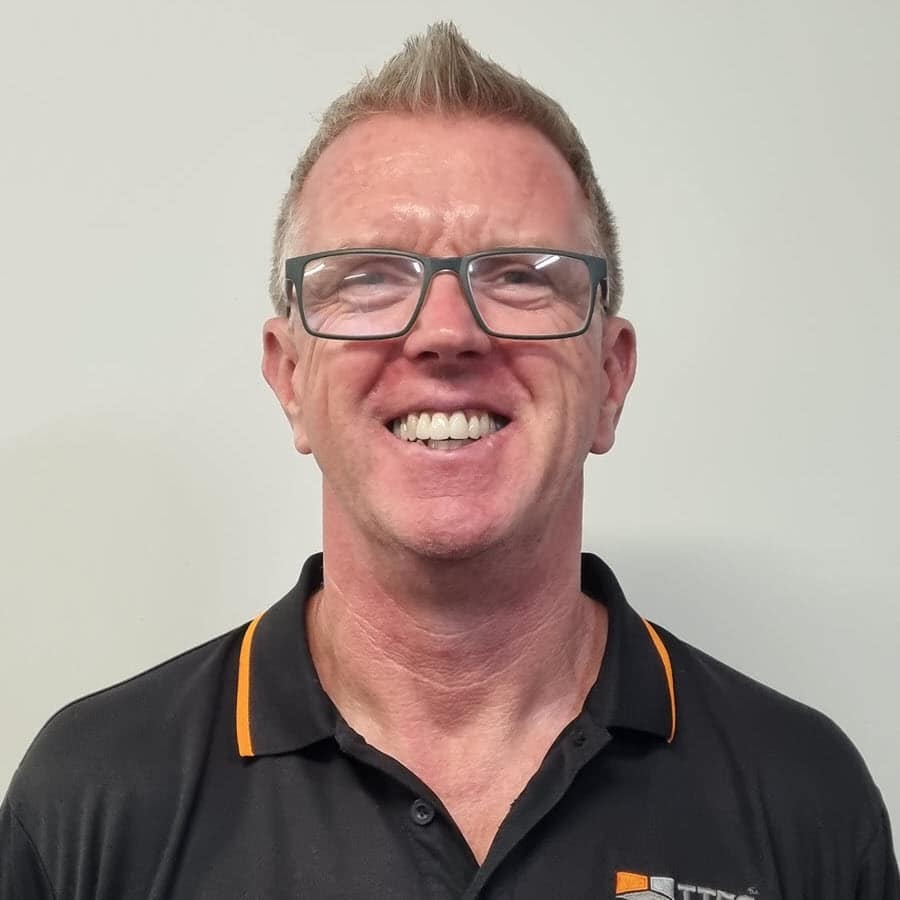A backyard pool offers limitless summer fun, but it also entails the huge responsibility of keeping quick and reckless young children safe. In the time it takes to go into the house and come back, someone is possibly drowning already. Despite all that we know about avoiding it, drowning continues to be the top cause of accidental injury death in children of all ages.
According to a new Australian health study, swimming pool incidents with young children almost drowning are the leading cause of hospitalization. Every year, 700 children die, and more than 6,000 suffer non-fatal injuries due to accidents in pools, seas, lakes, streams, bathtubs, and even buckets of water. However, home swimming pools account for more than half of all drownings in children.
Without a doubt, water safety is everyone’s business, and these are some of the ways that could help parents everywhere for this water safety checklist applies wherever you are.
Water Safety Checklist for Children
You don’t honestly know which of your safety measures will make a life-saving difference until it does. Therefore, the best approach to ensuring swimming pool safety is practicing and implementing as many water safety measures as reasonably possible. It’s worth noting that, since no one safety precaution is 100% effective, using various safety measures is the best approach.
There are several recommended standards for safety, so it is better to know them before building a pool. While your idea may seem appealing, it could be disastrous to your kids. One example is knowing which safe pool fence is appropriate for their age range.
Install a pool barrier or temporary pool fencing
A barrier or temporary pool fencing is a physical barrier that surrounds a pool to restrict unaccompanied swimmers. These types of pool fencing are suitable for public and private swimming pools.
A good pool barrier prevents kids from getting in by going under, through, or over the fence. If you have pets, the pool barrier prevents them from accessing the pool area since it should be 1.2m high.
Any foot or hand holds that would enable a kid to climb should be removed. Consider a minimum of four inches between vertical slats to prevent youngsters from squeezing through. Also, the barrier’s bottom clearance should not exceed 4 inches above the ground. Install a self-closing pool fence gate that opens outward from the pool and ensure that children should not be able to access fixed locks.
Pool safety fences come in various styles, including pool safety gate, safe pool fence, etc. The most versatile and safe pool barriers are removable, especially when you’re renovating.
Consider installing a pool alarm
Pool alarms warn adults against illegal pool entry; if it can work for adults, it can also work for kids. Alarms can be on pool gates and doors. There are also wave alarms, which sound when a specific quantity of water moves.
To help keep your pool safe, an alarm system should ring for at least thirty seconds and within seven seconds of activation. The alarm sound should be different from other alarms (smoke, burglar, etc.) and sound notifications (doorbell, telephone).
Pool safety net or cover
A safe pool cover must support two people and a child’s weight for a rescue operation if someone falls in. Choosing a mesh pool cover is a fantastic choice for swimming pool safety. They are sturdy, secure, and satisfy standards for pool safety coverings.
Automatic or motorized vinyl pool covers are put over the water surface of your swimming pool and are simple to open and shut. By preventing children under the age of five from entering the water, such a cover offers a high degree of safety. Unlike with automated covers, safety nets are more straightforward to operate than other covers.
Educate your kids on pool safety
Drowning, as frightening and distressing as it is, must become part of the continuous parenting discussion. Parents discuss bedtimes, car seats, and smartphone applications. Therefore, it is essential to talk about pool safety and drowning. Discuss all elements of water safety with your children.
Insist on having water monitors
Nobody watches while everyone is watching. That’s why, in-home swim settings, at least one parent should be on “water-watching duty”. You can be the one to start a rotation. Take charge as a “water watcher” and pass it on to your partner.
It’s also crucial to understand what a distressed kid looks like. Children drown quietly and swiftly, typically when their heads are tilted back in the water. A kid seldom splashes, flails his arms, or screams for assistance, unlike in movies. Being a good water scout is similar to being a good lifeguard.
Take swim lessons with your kids
Even if you don’t live near water, your child will come into contact with it at some point; whether on vacation or at a friend’s house. Anyone cannot be “drown-proofed” by taking swim lessons. The best time to begin for them to learn how to swim is when a child is emotionally and physically ready. However, it could help to take swimming lessons with them to make it easier on their end.
It won’t hurt to consult with an expert on how to make your swimming pool safer. Find someone reputable and reliable near you for on-site consultation and quotation. A local professional can assist you in determining the best pool safety precautions for your family. Bear in mind that these practices could save your children’s lives so waste no time but seek professional help.
Why Use TTFS’ Temporary Pool Fences?
At TTFS, we supply householders who are constructing pools as well as pool industry and fencing contractors.
Many customers from the swimming pool construction industry or permanent fence business carry a supply of portable pool fencing to extend their service offering.
Our temporary pool fence sets have a number of outstanding features, including:
- A specially designed foot which allows a consistent gap of less than 100mm between ground and panel
- The sturdy structure to be easily moved without the need for star pickets
- Self-closing latched gate available for safe and secure access
- Strong assembly, so no need for temporary fencing stays/bracing
- Designed and manufactured in accordance with Australian Standard AS 1926.1-2007 Swimming Pool Safety, Part 1: Safety barriers for swimming pools.*
For all your temporary pool fencing needs look no further than TTFS – Australia’s specialist in manufacturing and supplying steel and plastic safety infrastructure products.
Contact the TTFS team today by sending us an enquiry or call on 1300 841 782.

